Teaching & Learning
Village High School (VHS) is specifically designed for creative, self-motivated, curious students who can work in partnership with mentors (teachers) to set goals for their learning and follow-through on their projects. Combining core literacy and numeracy skill development with Individual Learning Plans for every student allows young people to have direct input into their learning journey.
Curriculum
VHS follows the Victorian Curriculum, but mentors (teachers) deliver the curriculum content to small, levelled groups of mixed ages, and students also undertake supported independent learning activities. This is an educational model that is tailored to individuals, with meticulous planning underpinning the flexibility to respond to student needs and interests.
The Victorian Curriculum content is run alongside a ‘Village School Curriculum’ which is a series of additional programs and elements integrated across all the features of school life, including self-management skills, nature-based activities, and the opportunity to have democratic input to school programs and culture. We place an emphasis on connection with nature, looking after the environment and mutual respect between adults and young people.
SKILLS FOR A CHANGING WORLD
Village High School has a strong focus on the development of creativity and other ‘21st Century skills’, including critical thinking, decision-making, flexibility, communication and collaboration (1). We believe that this is an effective, progressive approach to preparing our young people for the challenges of the future and enabling them to think adaptively when solving problems (2). Students entering high school now will have very different experiences of work to their parents and grandparents, with most people changing careers multiple times through their lifetimes, and many traditional job pathways becoming redundant. The local and global issues of 21st Century living will also generate many career pathways that didn’t previously exist.
Fostering and explicitly teaching students these 21st Century skills will assist them to turn their passions and ‘sparks’ into career and job opportunities, and importantly, give them the skills to try and succeed at new things as the world changes (1,3,4).
Further Reading
(1) Definitions of 21st Century skills.
(2) Why creativity now? A conversation with Sir Ken Robinson.
(3) The high school students taking fundamental steps to succeed as entrepreneurs.
CHAMPIONING EDUCATIONAL REFORM
At VHS, we feel passionate about the need to re-examine current approaches to education and ensure that the needs of students are central to the way that we structure our schools and educational programs. We believe that grouping students based on abilities and interests is the most effective way to meet student needs.
We also believe that all human beings are born with an innate desire and ability to learn, and that by promoting a Growth Mindset approach to teaching and learning, and by individualising each student’s learning program, we can ensure that students remain engaged and passionate about what they do at school.
In a climate in which the anxiety and stress of young people has been rising, we believe the increasing emphasis on high stakes scoring is negatively impacting (5). The unjustifiable emphasis placed upon the Australian Tertiary Admission Rank (ATAR) generates much unnecessary pressure in the later years of high school. Tertiary education has changed extensively during the last decade, with the number and diversity of places and courses growing significantly. Alternative pathways to university courses that do not require an ATAR, or that de-emphasise the ATAR, are becoming ever more common (6). That there is now a “broad range of pathways into university might surprise many people, given the emphasis placed on the ATAR in the public discourse on university admission.” (7). Moreover, the limitations of the ATAR are being increasingly acknowledged. The ATAR “reduces the rich skills, knowledge and capabilities students develop over 13 years of schooling to one number.”
In addition, it is widely acknowledged that many traditional career pathways are becoming redundant, and our children will need to be creative and adaptable to be successful in the jobs of the future. This means that the job market is changing rapidly and will be very different when our children leave high school (8).
“…the research has revealed that traditional, linear career trajectories are rapidly becoming an antiquated notion. It’s more likely that a 15-year-old today will experience a portfolio career, potentially having 17 different jobs over 5 careers in their lifetime.” (Jan Owen, CEO, Foundation for Young Australians) (9).
Employers are realising this, and some have already started to shift their recruitment to employ school leavers, rather than university graduates “The future of work is changing and we’re looking to hire the skills of the future, not the degrees of the future” (Julie Duncan, PricewaterhouseCoopers) (10).
By breaking down the expectations for students to follow a set pathway, we are opening up a greater range of options for future work. At Village High School, we foster the passions of our students, and focus on the development of creative thinking and 21st Century skills, which will allow our graduates to think flexibly, and be adaptable in the new world of work.
Further Reading
(5) Study confirms HSC exams source of major stress to adolescents.
(6) Choosing your senior school subjects doesn’t have to be scary. Here are 6 things to keep in mind
(8) We crunched the numbers to find out what work will look like in 2030.



